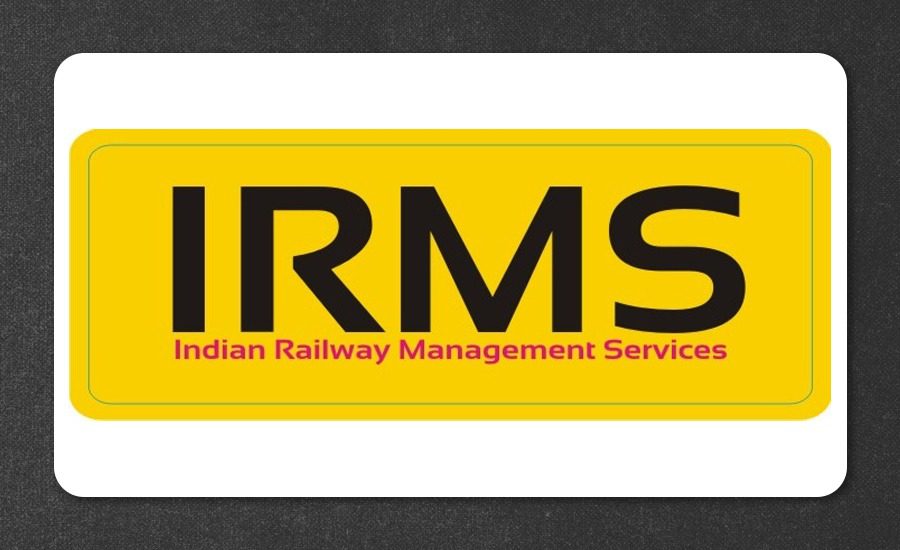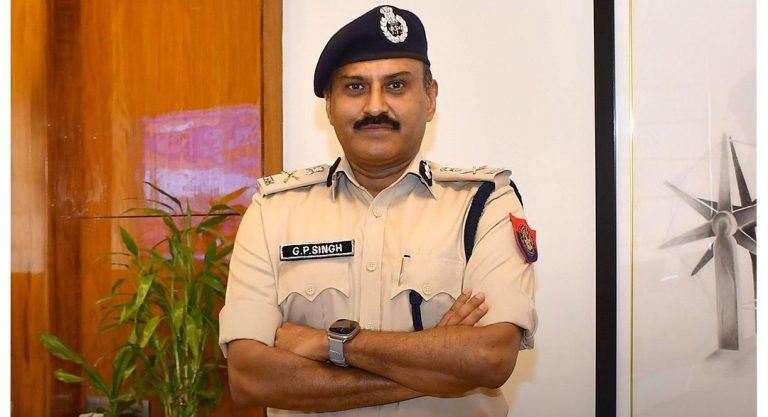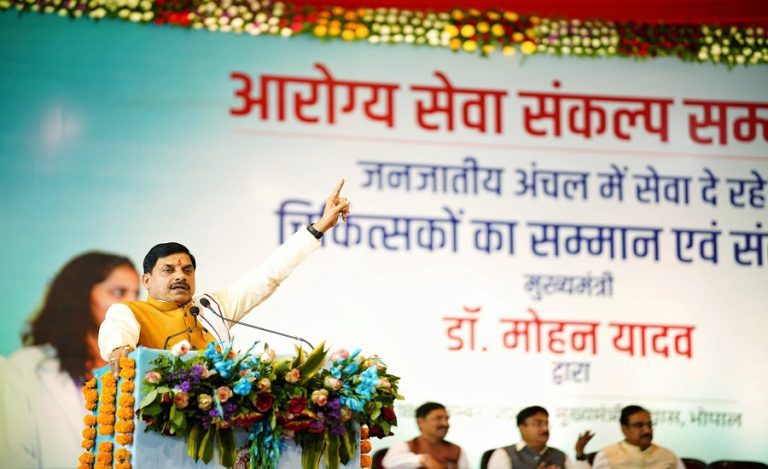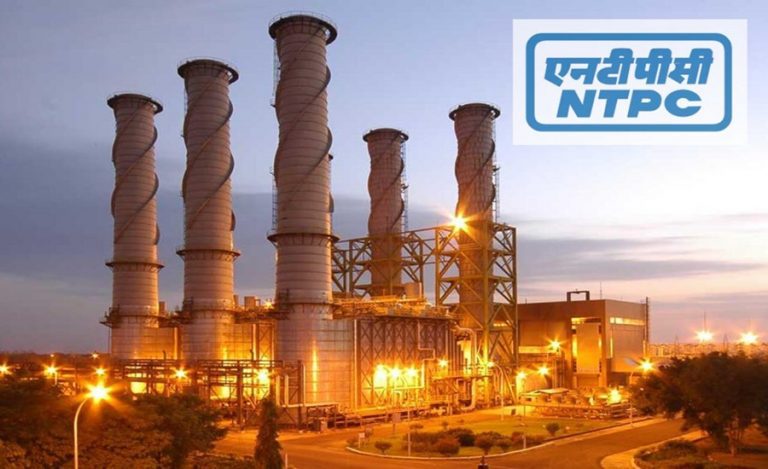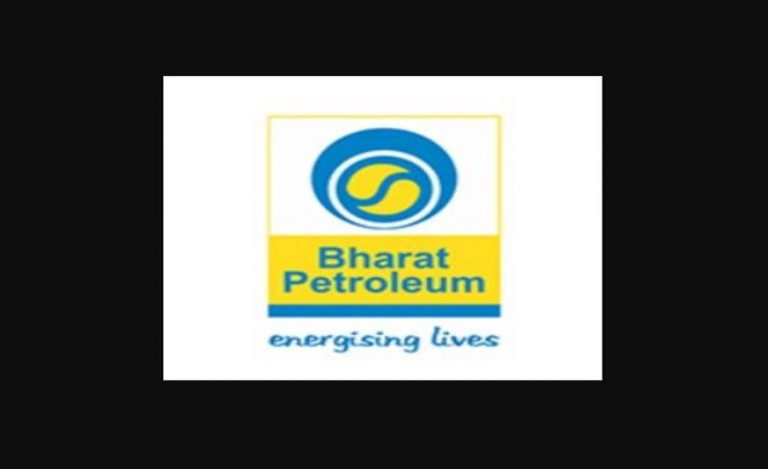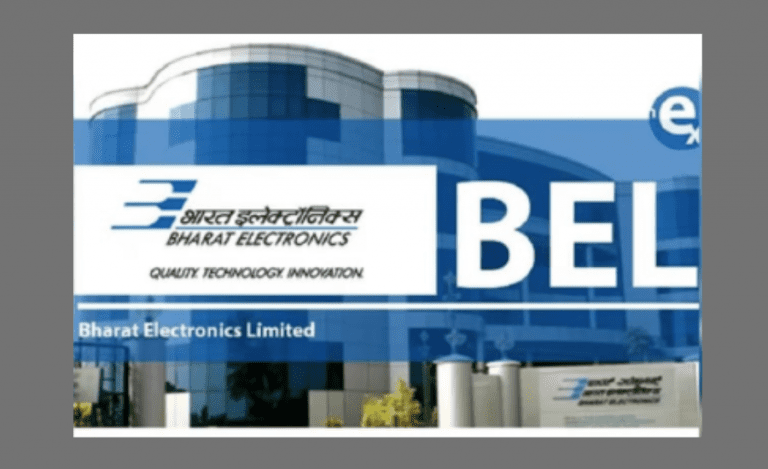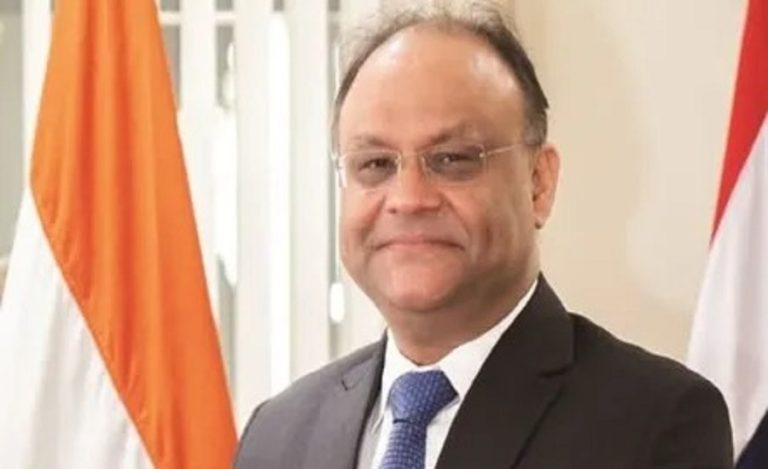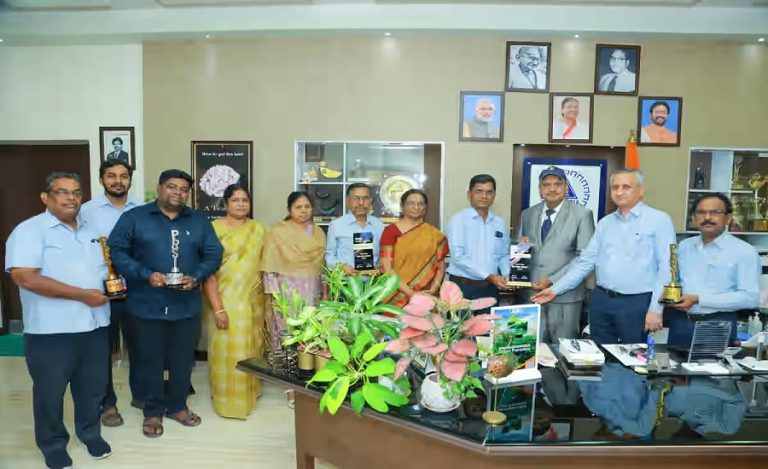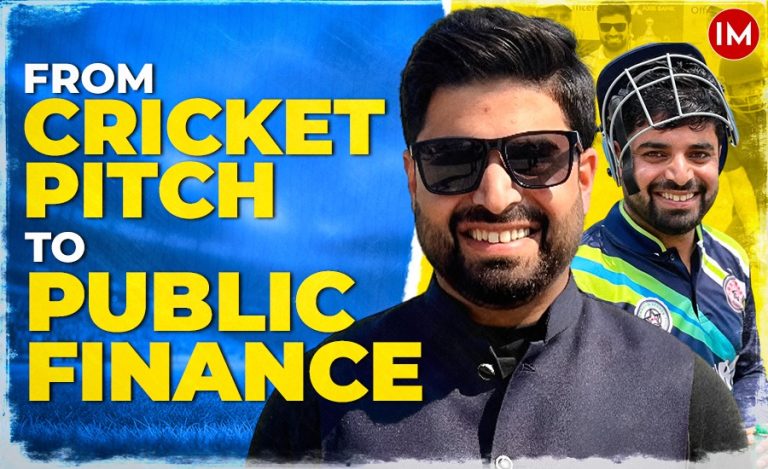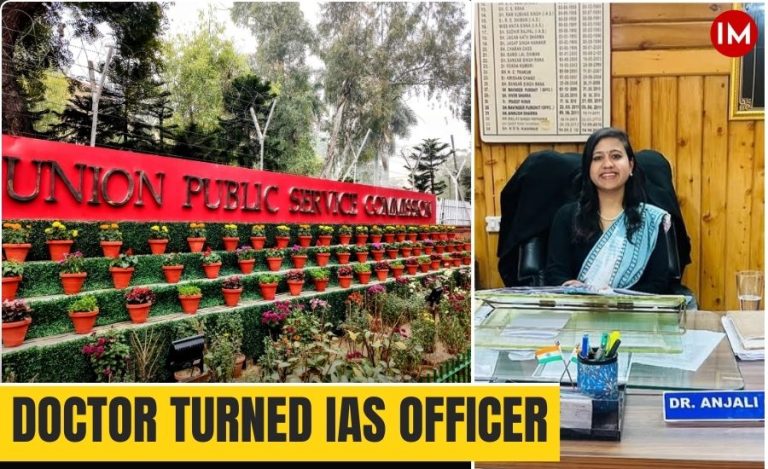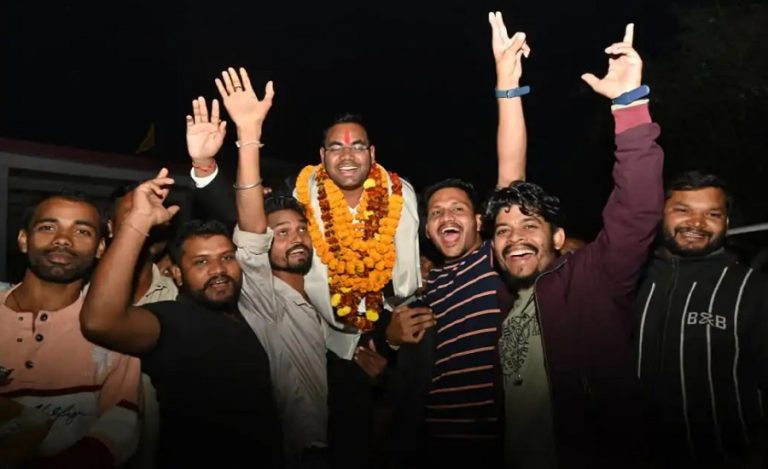New Delhi: In a rare admission, the Government of India has officially acknowledged that its ambitious 2020 restructuring of the Indian Railways – merging eight distinct services into the Indian Railways Management Service (IRMS) – resulted in an “acute shortage of specialised manpower,” negatively impacting both train operations and passenger safety.
The revelation was made in the Centre’s response to a petition filed before the Central Administrative Tribunal (CAT).
2020 Reform and Its Fallout
The IRMS reform was originally announced in 2019 and implemented in 2020 with the goal of integrating various railway services – such as engineering, traffic, accounts, and personnel – into a unified cadre. However, the government has now conceded that the transition created confusion around recruitment procedures and undermined operational capabilities.
“The recruitment of IRMS cadre only through UPSC (CSE) would not serve the purpose for specialised technical needs for railways,” the government said in its CAT filing, essentially admitting that the mechanism adopted in 2022 and 2023 failed to attract the required number of skilled officers.
Shortage of Technical Expertise
According to the government’s own data, only 46 and 45 skilled engineering officers were recruited in 2022 and 2023 respectively, far short of the annual requirement of 125. This mismatch led to a talent deficit that affected the efficiency and safety of the railways – one of the largest and most complex networks in the world.
The 2024 Policy U-turn
In response to growing concerns and internal criticism, the government last year de-linked IRMS into separate civil and engineering services, further dividing them into sub-cadres. These include:
- Civil Services: Traffic, Accounts, Personnel
- Engineering Services: Civil, Electrical, Mechanical, Signal, Telecommunications, and Stores
While the government insists that this realignment is not a reversal of the 2019 Cabinet decision, railway officers argue otherwise. At least 40 officers have challenged the 2024 move before CAT, calling the creation of sub-cadres a de facto return to the old eight-service structure.
Government’s Defence: Specialisation, Not Fragmentation
In its defense, the government claims the sub-cadre system is meant to “enable officers to acquire specialisation in a particular functional area,” while maintaining that all will remain part of a single, unified IRMS governed by uniform recruitment rules.
According to the Centre, starting in 2025, officers will choose their area of specialisation at the time of recruitment, either through the Civil Services Exam (CSE) or Engineering Services Exam (ESE), thus allowing for a bifurcation of non-technical and technical roles.
Officers Cry Foul: “Policy Confusion Persists”
Despite the government’s clarification, many railway officers remain unconvinced. There are mounting concerns about career progression, domain expertise, and role mismatches at senior levels.
In one high-profile case, an Indian Railways Traffic Service officer is expected to become Railway Board Member (Finance) – a post traditionally held by an Accounts Service officer. Similarly, an engineering service officer was recently appointed as Member (Operations and Business Development), a role historically reserved for traffic officers.
“These contradictions show that policy implementation is completely confused,” said one officer. “How can you claim to have sub-cadres and then violate domain boundaries at the top levels?”
Unresolved Questions Ahead
As legal proceedings continue and discontent brews within railway circles, the future of the IRMS remains unclear. Critics argue that what began as a well-intentioned reform has turned into a bureaucratic labyrinth, eroding institutional clarity and accountability.
Meanwhile, the safety and efficiency of the Indian Railways – lifeline to over a billion Indians – continue to hang in the balance.

